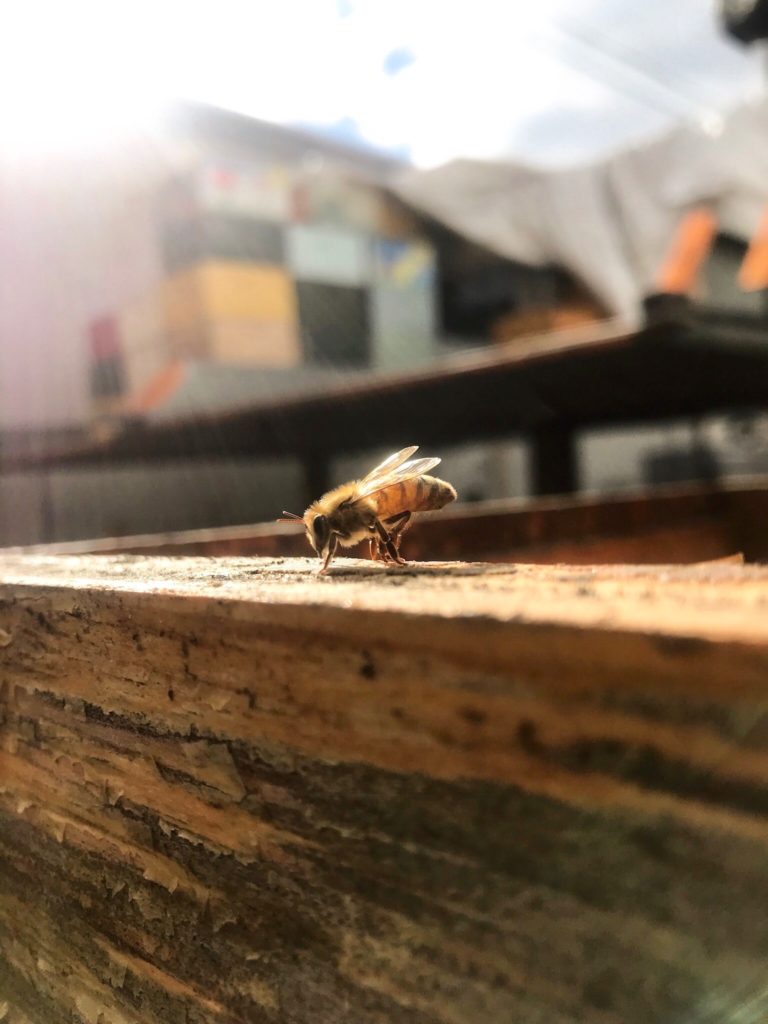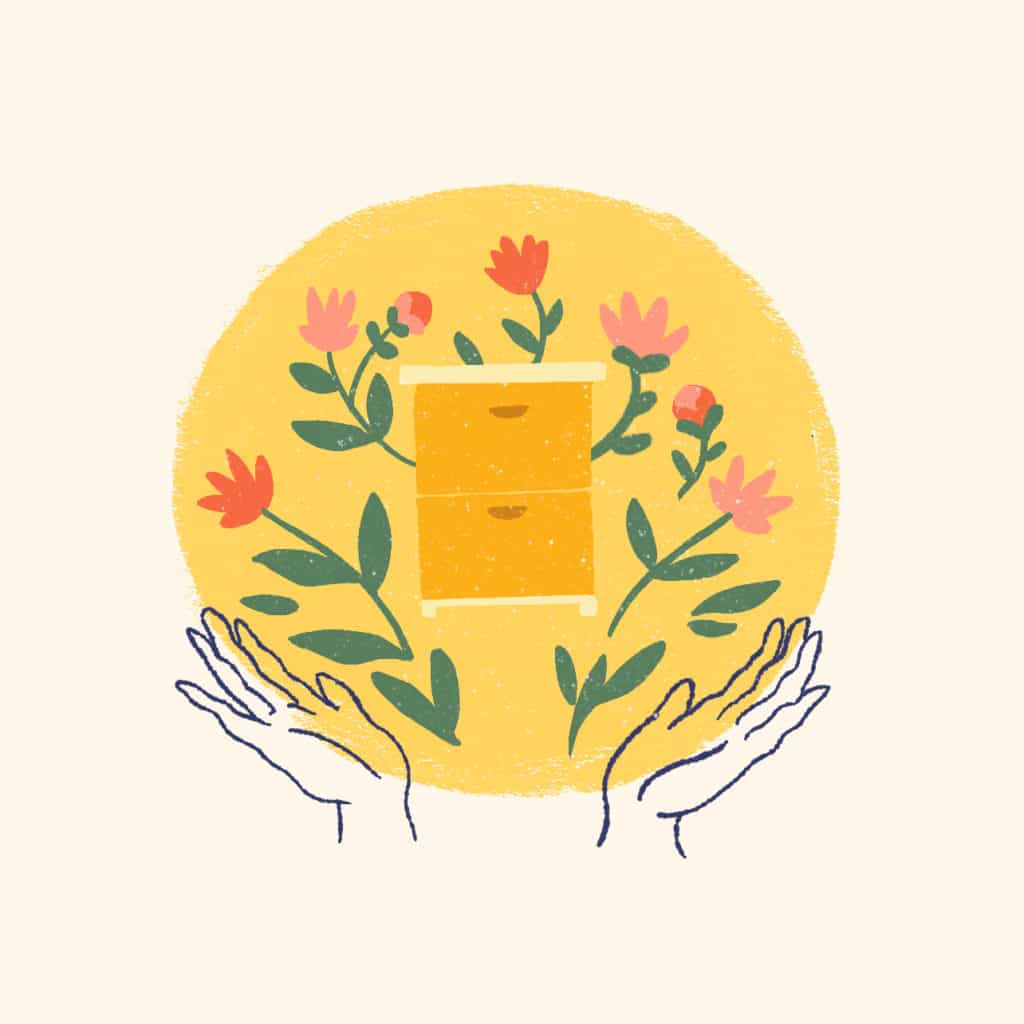Apitherapy Versus Beekeeping Therapy
A small, niche type of therapy exists in the world – beekeeping therapy! This is not to be confused with apitherapy, which is the use of bee byproducts such as venom, honey, wax, propolis, and royal jelly as medicinal products. Instead, beekeeping therapies are centered around the act of beekeeping itself and are in practice around the world. I decided to look at three examples one in Minnesota, USA, another in Bela Krajina, Slovenia, and last in Vancouver, Canada. Each of these takes similar approaches to create a thriving relationship for members of diverse populations, including veterans, special needs students, at-risk communities, and honeybees.

Bees For Vets, Minnesota, USA
The first example of beekeeping therapy takes place in Thief River Falls, Minnesota. Bill Reynolds, a U.S. Air Force veteran and beekeeper, says that caring for honeybees helps to quiet his PTSD. In his home in the east of the state, Mr. Reynolds noticed that there weren’t many pollinators visiting his apple trees, which is critical to the success of the fruit. So he started beekeeping. At present, he keeps six active hives, expanding to 20 at the peak of summer. He discovered, by accident, that the act of beekeeping was healing for him. Mr. Reynolds shares, “It gives me peace of mind. It gives me a place I can focus, instead of all the voices, not that I have a bunch of them, but there’s plenty of them. I can focus on what I’m doing and the rest of the world kind of melts away to…to whatever it is during that period of time.” He has recognized the ability for this practice to be emotionally healing, especially for veterans experiencing PTSD. Mr. Reynolds has established a program called “Bees for Vets,” and has created a GoFundMe with the goal of raising money for other veterans to acquire their own equipment and to teach them how to keep bees.
Hives For Humanity, Vancouver, Canada
Our second example of therapeutic beekeeping is in Vancouver, where Julia Common and her daughter Sarah started an urban beekeeping non-profit in 2012, known as Hives for Humanity. The mission of the non-profit is as follows: “We create a supportive and connected network, and offer an opportunity for building self-worth and community pride, so that all may thrive. We connect people to nature, to the community, and to themselves, and we do it through the bees.” The Commons started their work with a single hive at a community garden in Vancouver’s Downtown Eastside. From there, they have grown to almost a hundred hives in multiple community gardens, rooftops of hotels, and resident backyards. They engage members of at-risk communities to help tend to and assure the success of these colonies. Members are involved with all aspects of beekeeping, from the care of hives themselves to harvesting honey, processing wax, and maintaining equipment. Julia Common is quoted saying “beekeeping is therapeutic because it brings people together and the responsibility gives them a sense of self-worth and community pride.”
Črnomelj Social Welfare Center, Bela Krajina, Slovenia
Our third example, Črnomelj, is a social welfare center (SWC) in Slovenia with a mission of educating people with special needs. Here, beekeeping is used for teaching life skills and enriching lives. According to Andrej Sever, Slovene beekeeping is philosophically unique from other forms around the world. “In Slovenia beekeeping presents a beekeeper’s way of life and it is also a way of life of the people surrounding them. When a Slovene beekeeper enters his apiary he becomes a part of nature, lives and breathes with it, and is grateful for the gifts he receives from it.” According to SWC, students thoroughly enjoy beekeeping as part of life at Črnomelj. They are able to integrate many parts of their learning into practice, like fine arts and home skills. The students paint the hives with their unique and creative takes on the role of bees in the ecosystem. They are also taught to use honey in cakes and drinks, while also learning about the uses of bee products for health purposes. In a year and a half, the SWC recognizes that beekeeping positively enriches the lives of residents, giving them an active role in the community, boosting their self-confidence and self-esteem.
While these therapies are all shown to be successful via anecdotal evidence, they exhibit promise in their ability to create strong communities of people working together for a common purpose, not unlike a colony of honeybees.
For more general on urban beekeeping therapy, check out the following link: http://honeylove.org/urban-beekeeping-therapy/.






